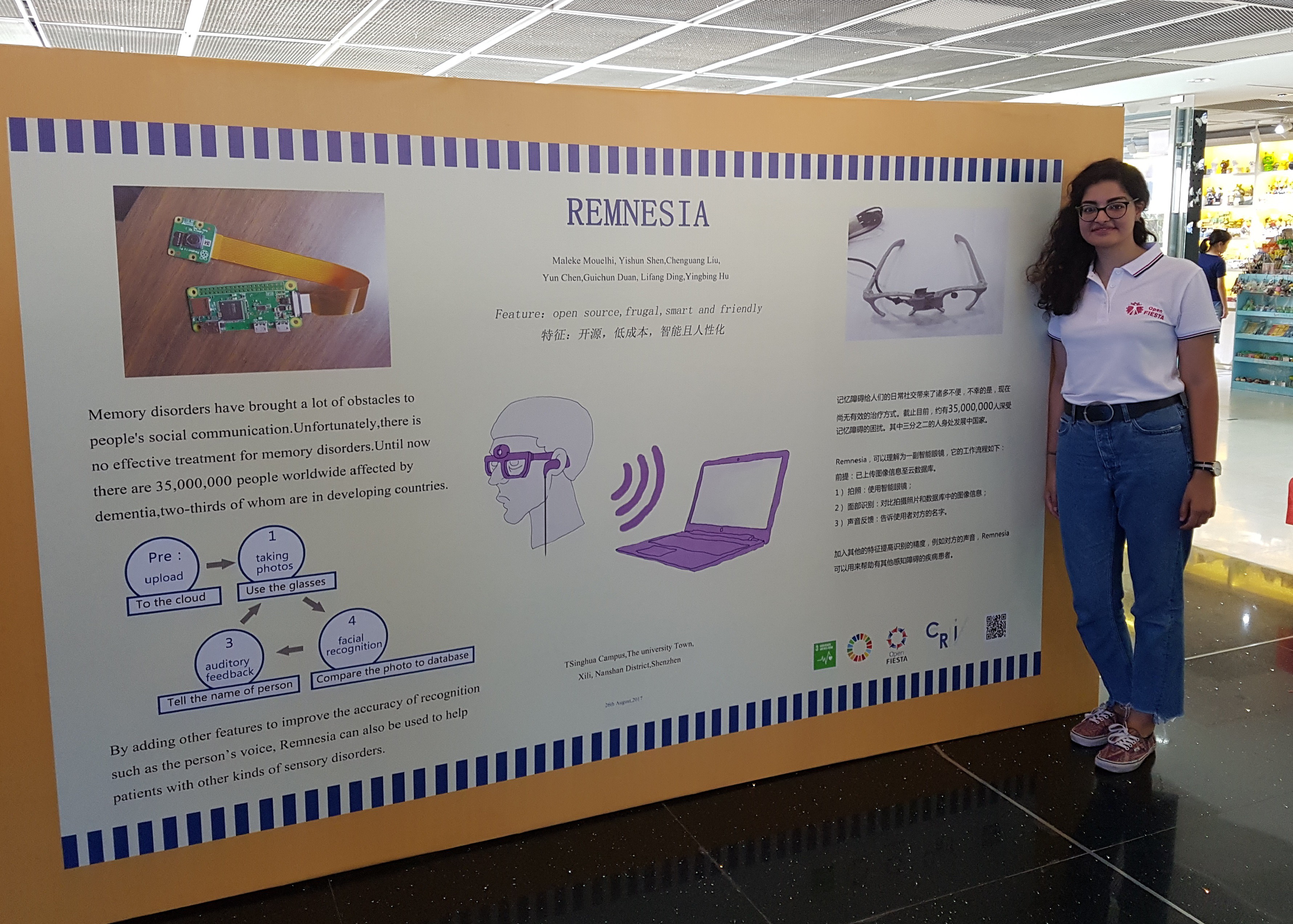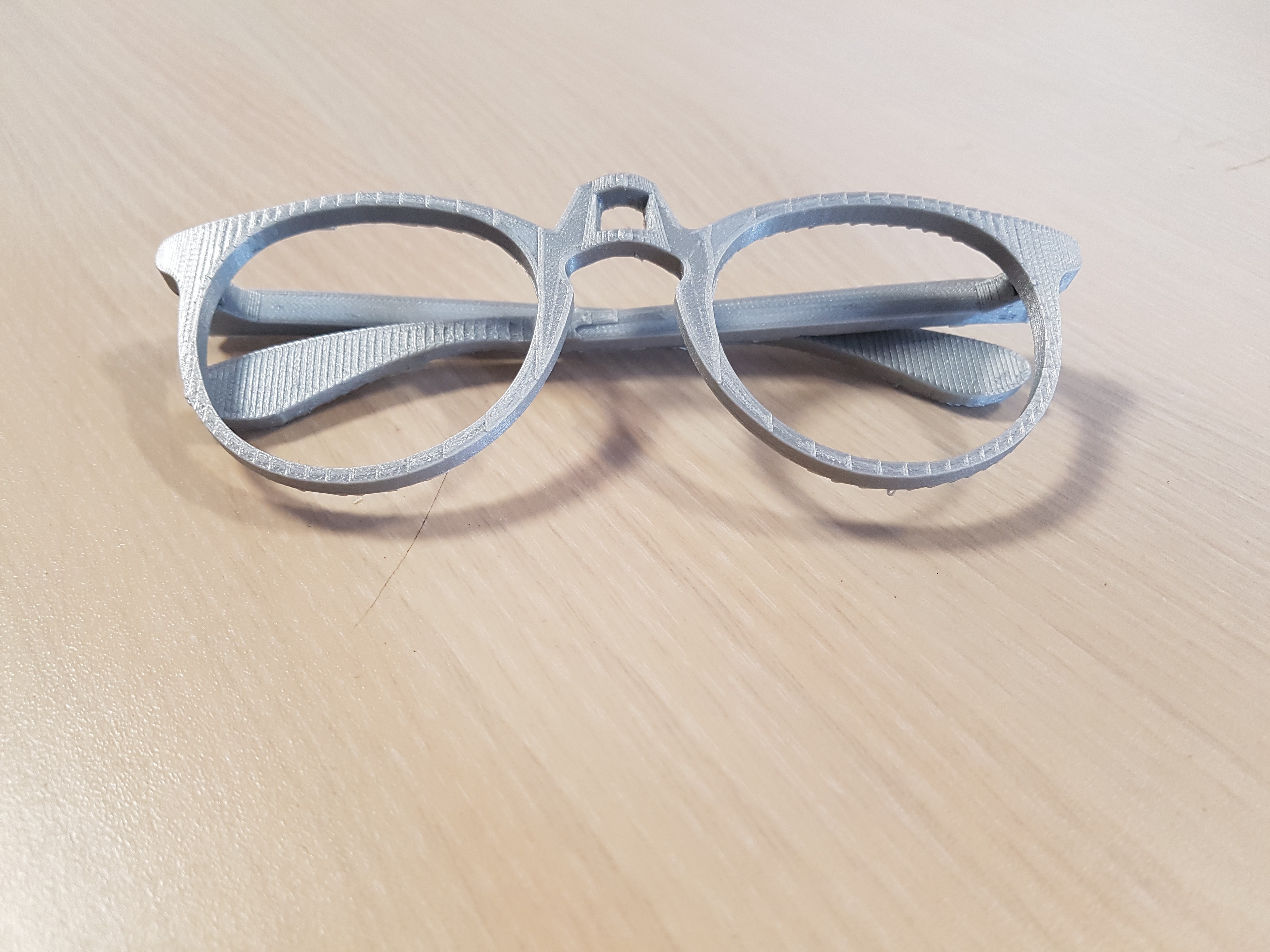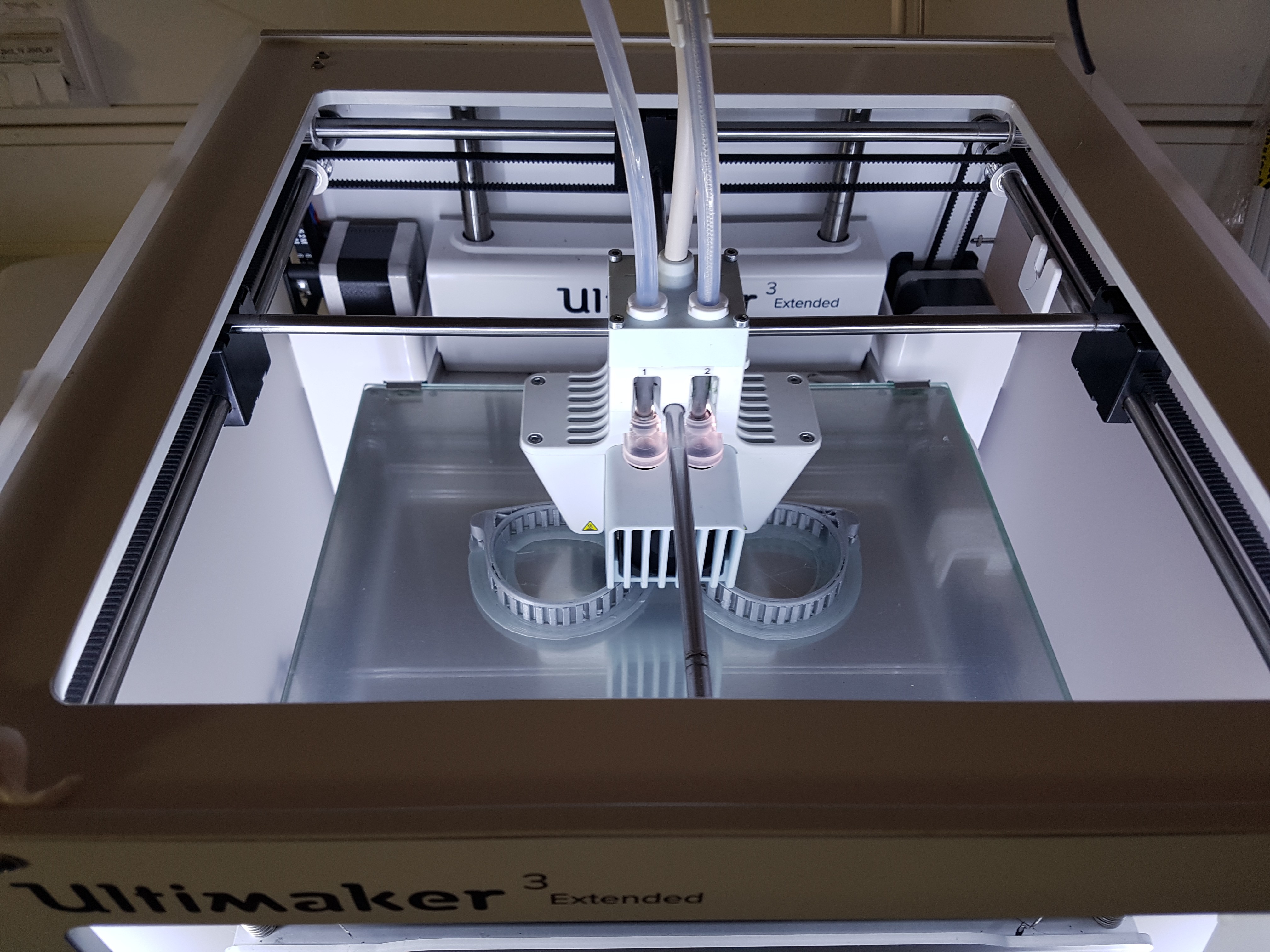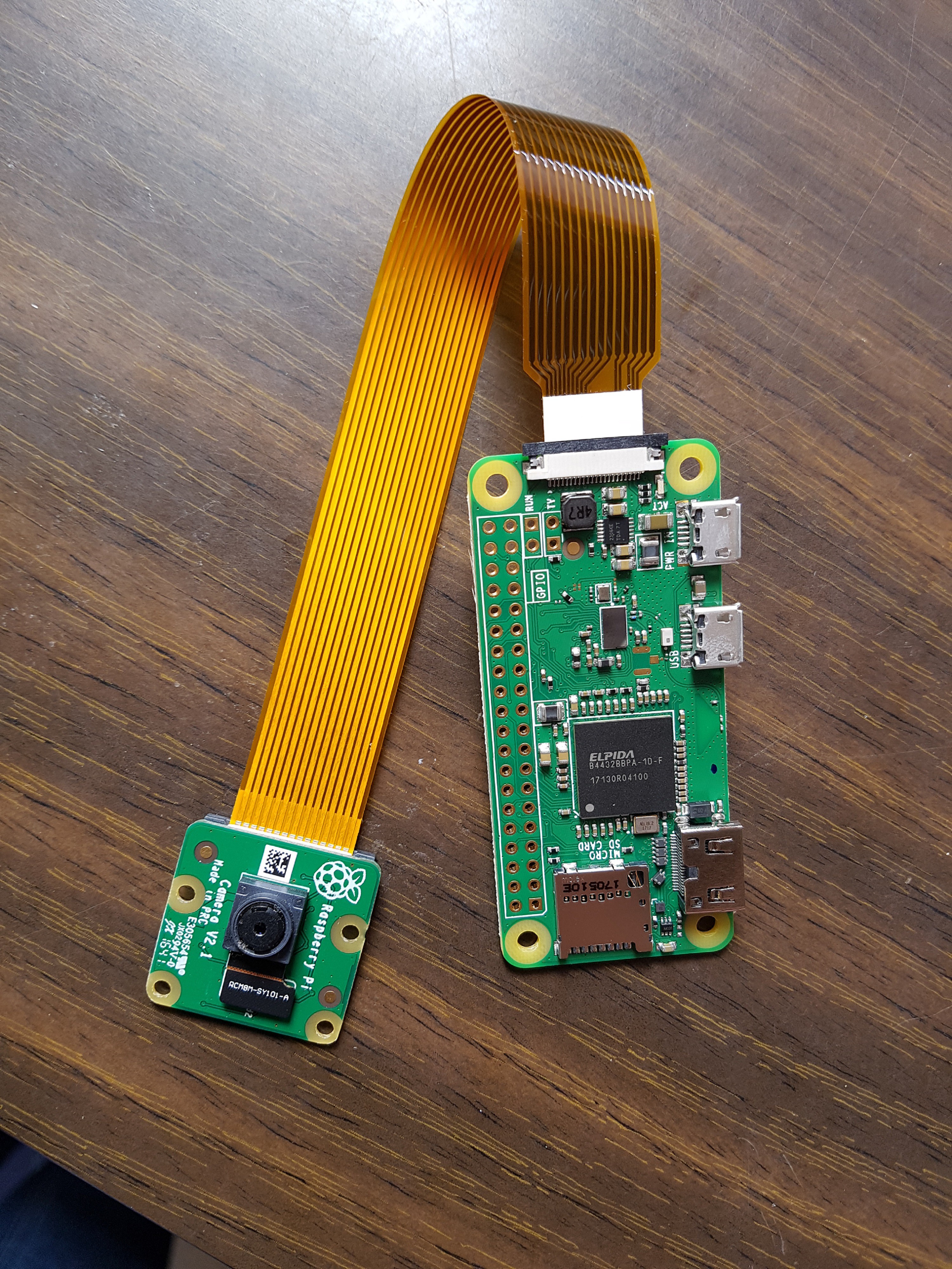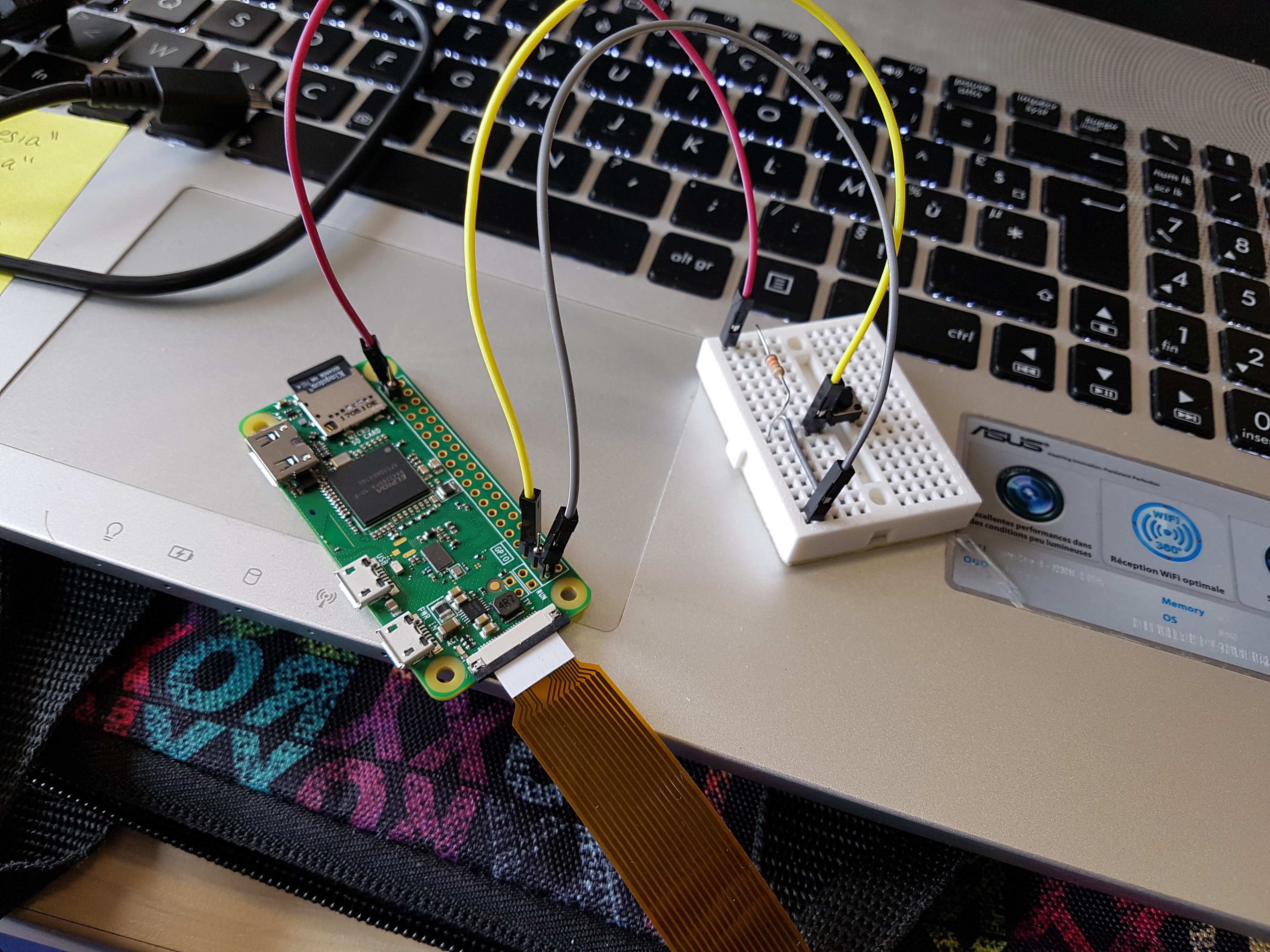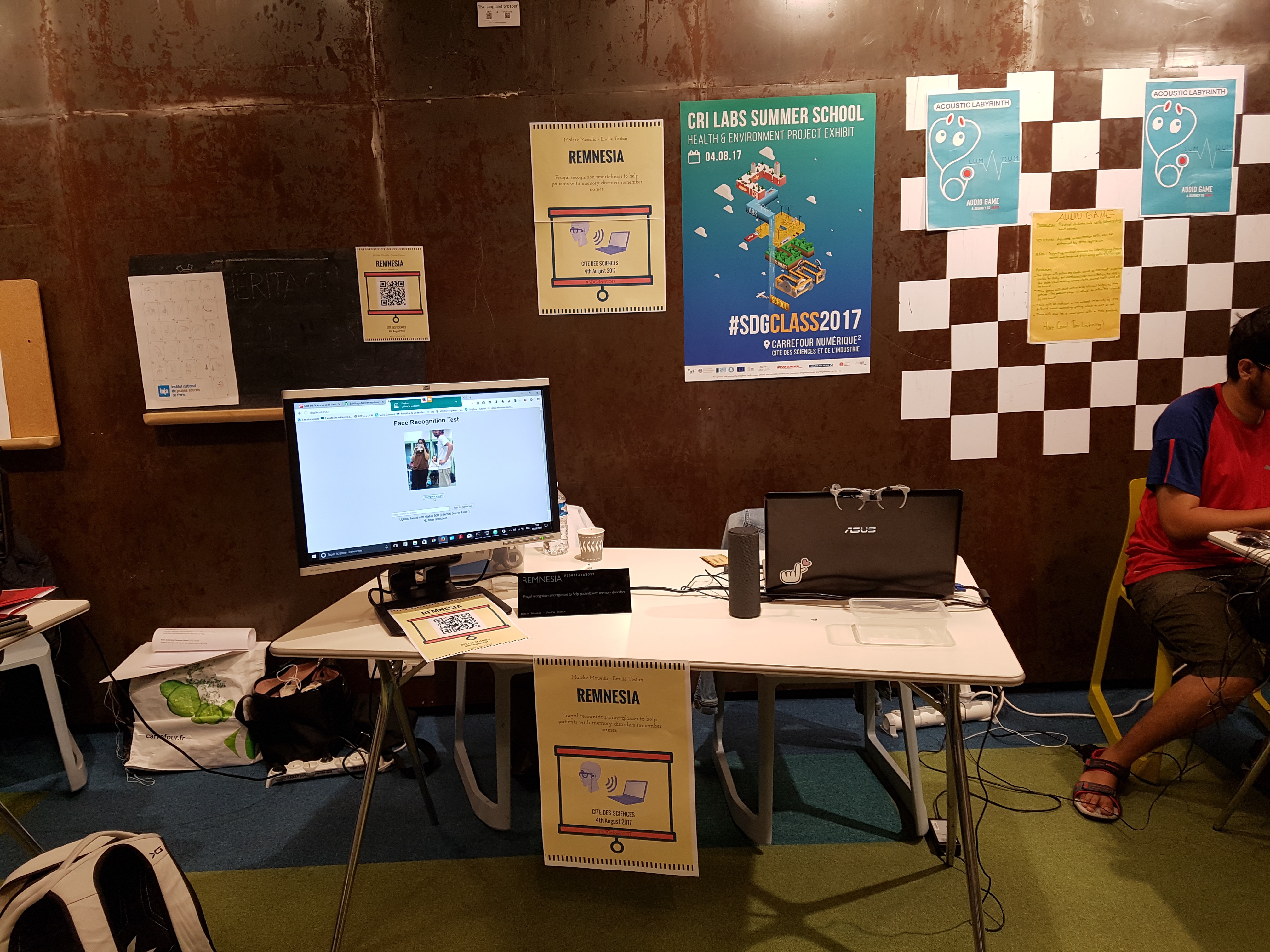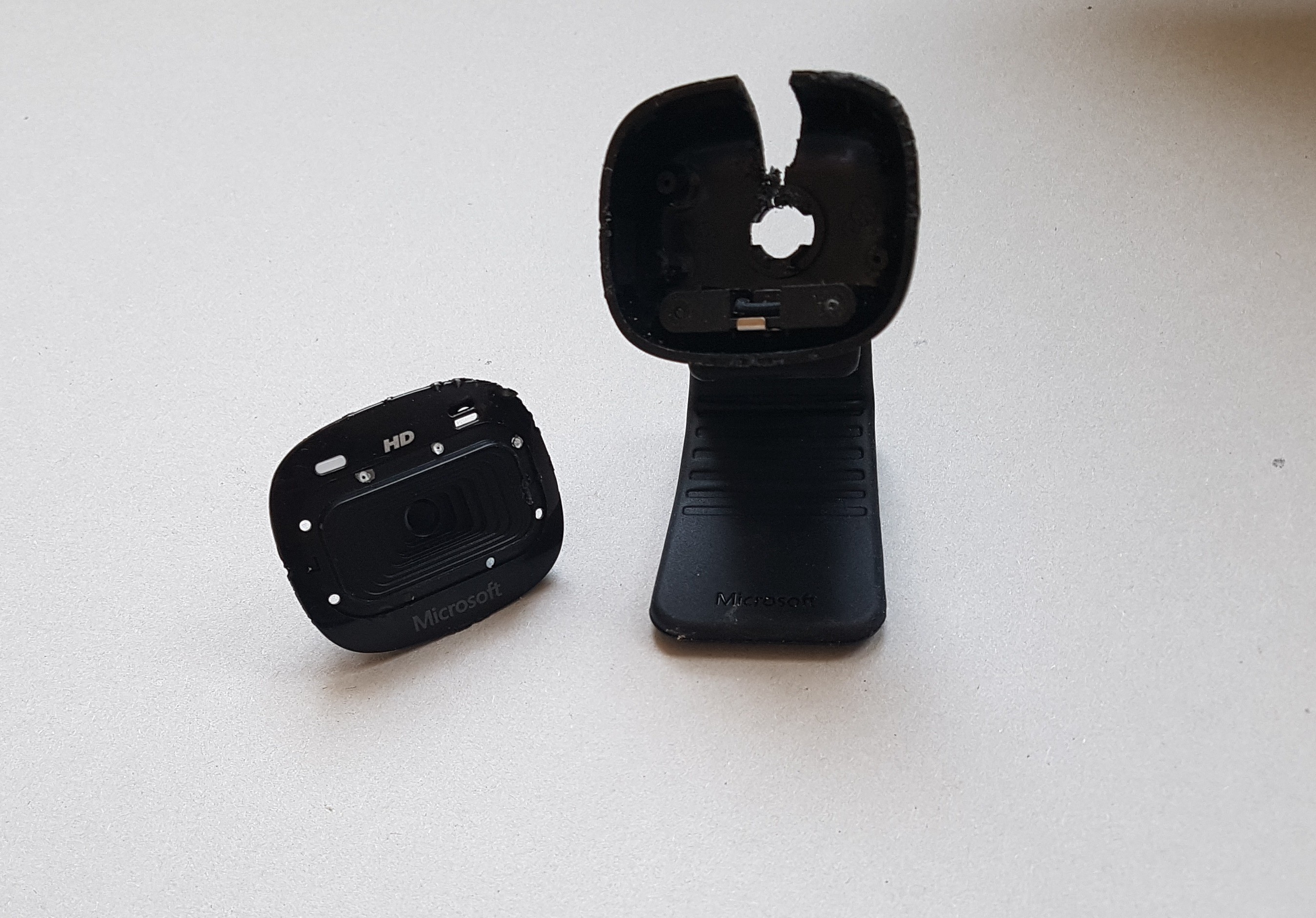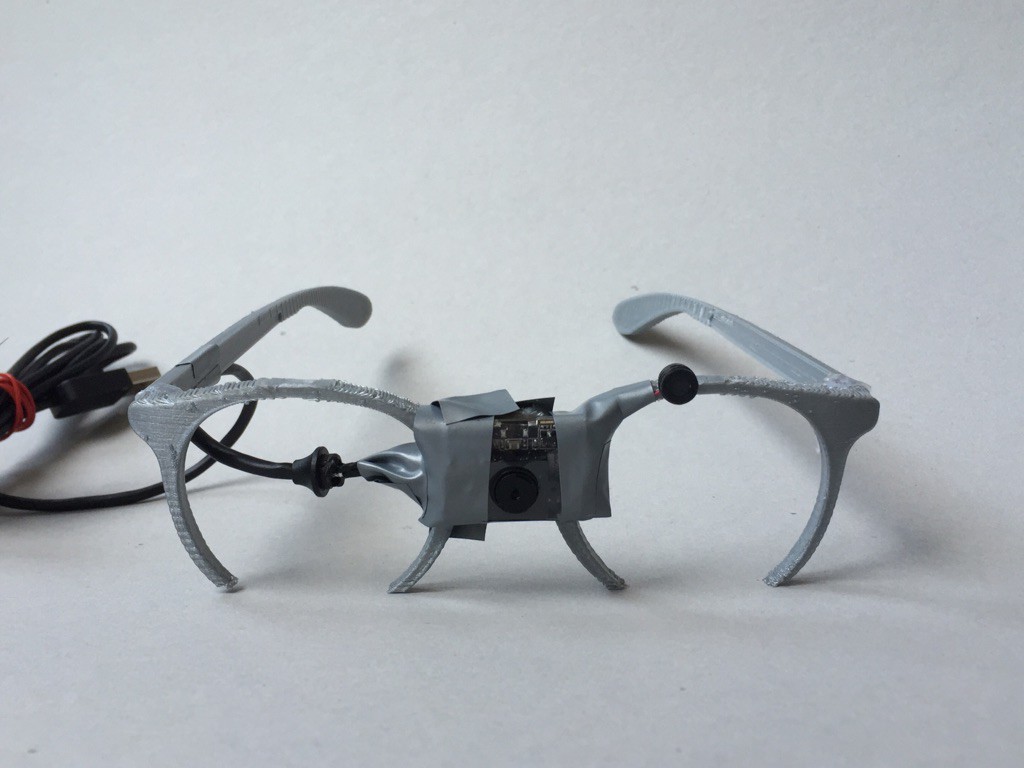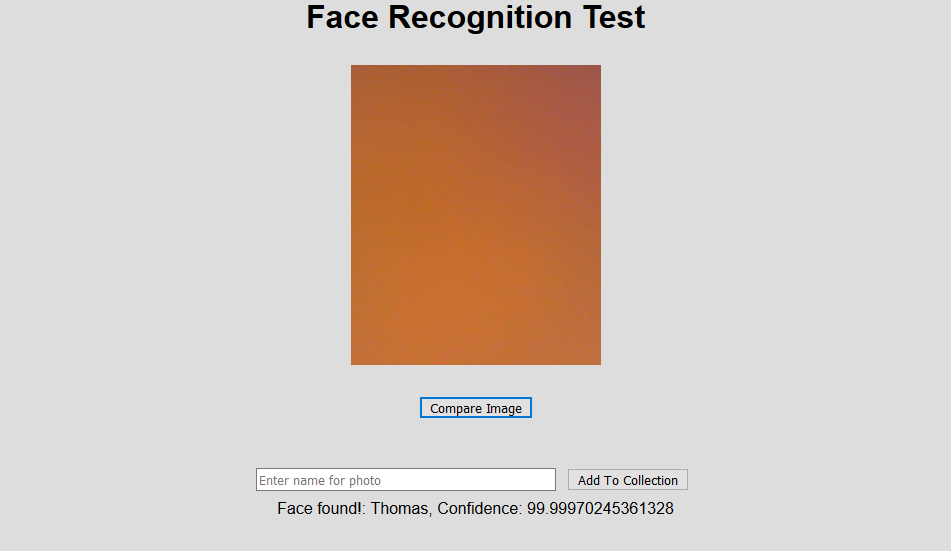-
2017 Shenzhen iSDG Assembly
09/04/2017 at 13:37 • 0 commentsI developt this project as part as CRI Labs’ summer school around the UN Sustainable Development Goals and "co-design innovative solutions for global sustainability".
[Read More about the CRI Labs Summer School]
My project fits the goal number 3 “Good health and well-being”. [Read more about SDGs]
In this context, we were offered the opportunity to take part in the iSDG Shenzhen Assembly, just like other students and teachers from Harvard, Geneva University, Tshingua University...
The goal of this assembly was to gather students, researchers and makers - from all over the world and from different background - involved on this thematic. We had time to share experiences, ideas, feedbacks. And concerning my own project, I received the help from Chinese students and others, about my “wireless step”. For example, why not using images segmentations techniques that can be used offline instead of the Amazon API.
![]()
I also had the chance to participate in a small workshop on how to establish a business model with the canvas from https://strategyzer.com
Another log will be posted later with my project’s business model.
-
Step 5: A new design
09/04/2017 at 11:14 • 0 commentsTo integrate the new pi-camera, I re-designed the glasses model I used before. To do that I used Fusion 360 – a free design software.
![]()
![]()
-
Step 4: Make it wireless
09/04/2017 at 10:51 • 0 commentsThe goal now is to make a prototype more independent from the computer than before.
Thus, I used a Raspberry Pi Zero Wifi and a Pi Camera. Indeed, this Pi is the smallest and the lightest we can find.
![]()
After installing Raspbian in it – which is the Foundation’s official supported operating system – I downloaded the face recognition API from AWS.
However, when I tried to make this API run, I couldn’t! It said: “access to the camera denied” even after I enabled my Pi Camera in “raspiconfig”. And to make sure that my camera is functional, I tried the command “raspistill” to take a photo and it worked!
I am trying to figure if this problem is due to the JavaScript (I heard that the Pi prefers Python) or to the connection Pi-Camera because it’s not a simple USB connection like before. So, I am still looking for a solution to this problem.
In the meantime, I wanted to run the face recognition software without having to interact with the html page of the API. Therefore, I created a little system with a tiny breadboard and a button.
![]()
-
Exhibition and Public Testing at the Cité des Sciences - Paris
09/04/2017 at 09:50 • 0 comments![]()
I presented my project to the public for the first time on the 4th of August at the Cité des Sciences in Paris. This beautiful event was organized by the CRI and other projects of the CRI Labs’ Summer School were presented as well.It was the occasion to make my prototype tested and to have some feedback from science’s amateur, teachers, curious families (children and old people).
Even if my prototype worked properly, I received some interesting notes about how patients that already have glasses could wear this device. Of course, the necessity on being in the database to be recognized is a stake to be considered. But the most important critic is to make the device wireless and more independent from the computer.
You can find my project's poster in files -
Step 3: Glasses Construction
08/07/2017 at 14:37 • 0 commentsPrinting glasses in 3D and I used an external webcam which I disassembled.
Here is the Glasses model I found in open source to realize mine
![]()
![]()
-
Step 2: Modifying the JavaScript
08/07/2017 at 14:31 • 0 commentsThen, I needed to change the output of the facial recognition API from a written into an audio channel, I modified the JavaScript with a speech synthesis
var utter= new SpeechSynthesisUtterance(("cette personne est") + data.id); utter.voice = window.speechSynthesis.getVoices()[0]; window.speechSynthesis.speak(utter); -
Step 1: Using the Amazon Web Service API
08/07/2017 at 14:28 • 0 commentsIn order to have a facial recognition software rapidly usable, I used an API from Amazon Web Service. I wanted a single web page that would allow me to grab a photo and perform some basic recognition algorithms on the photo.
Amazon released their own image recognition engine (Amazon Rekognition service) on their platform. This allows me to create one or more collections. A collection is a data base of facial vectors for sample photos. Once you have a collection on Amazon, you can then take a subject photo and have it compare the features to its reference collection, and return the closest match.
Furthermore, you can store your data freely on the amazon server.
All the instructions you need to download the libraries and use the API are detailed at the following link:
Instructions Amazon Rekognition
NOTE: I had some problem installing all the ruby's library with "bundle install". I needed to install all library one by one threw my teminal..
![]()
-
MoSCow method
08/07/2017 at 10:14 • 0 commentsMUST HAVE (vital)
- facial recognition software
- camera
- change sensorial channel information into auditory information
- 3D glasses and/or adaptor for glasses
- Storage data/machine learning in computer
SHOULD HAVE, IF AT ALL POSSIBLE (essential)
- Wifi connection
COULD HAVE IF IT DOES NOT AFFECT ANYTHING ELSE (comfort).
- Streaming video
- Be able to recognize objects of daily life
- Storage data in smartphone
WON’T HAVE TIME BUT WOULD LIKE IN THE FUTURE (extra)
- Sophisticated design
Remnesia
Frugal recognition smartglasses to help patients with memory disorders remember names #SDGclass2017
